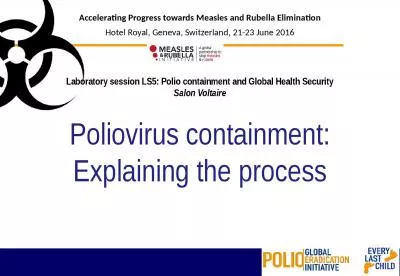PPT-Spectator: Detection and Containment of JavaScript Worms
Author : alexa-scheidler | Published Date : 2017-06-18
By Livshits amp Cui Presented by Colin The Problem AJAX gives JS an environment nearly as flexible as a C asm on a desktop OS Buffer overruns allow asm code injection
Presentation Embed Code
Download Presentation
Download Presentation The PPT/PDF document "Spectator: Detection and Containment of ..." is the property of its rightful owner. Permission is granted to download and print the materials on this website for personal, non-commercial use only, and to display it on your personal computer provided you do not modify the materials and that you retain all copyright notices contained in the materials. By downloading content from our website, you accept the terms of this agreement.
Spectator: Detection and Containment of JavaScript Worms: Transcript
Download Rules Of Document
"Spectator: Detection and Containment of JavaScript Worms"The content belongs to its owner. You may download and print it for personal use, without modification, and keep all copyright notices. By downloading, you agree to these terms.
Related Documents

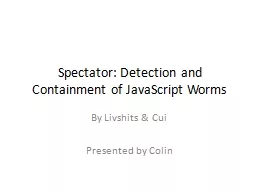
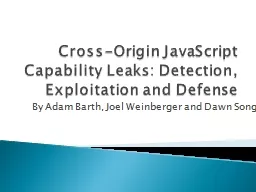
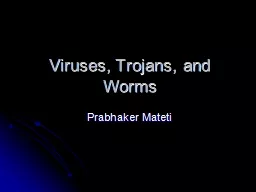
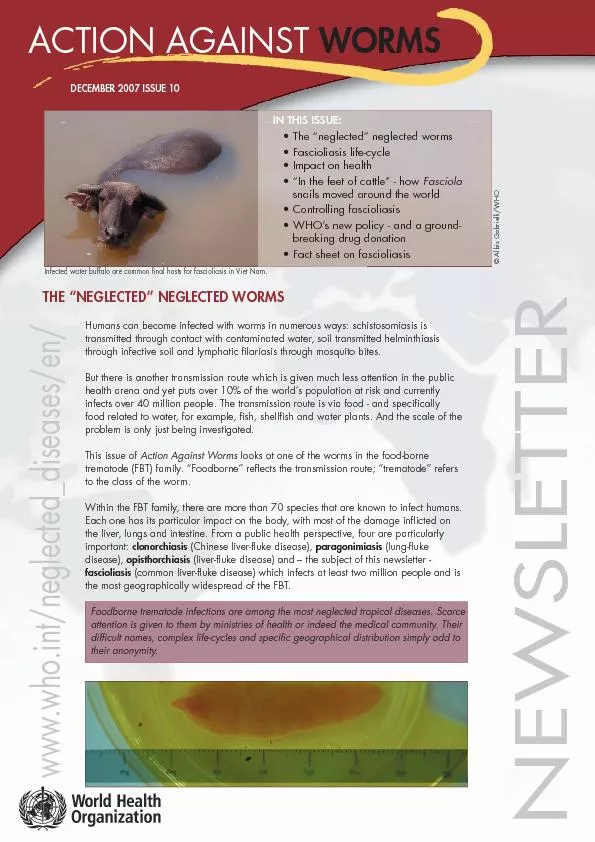
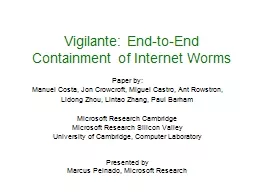

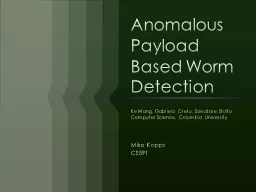
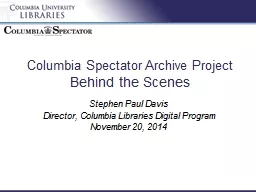



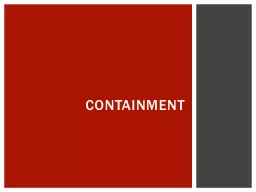
![[READ]-Easy Learning Data Structures & Algorithms ES6+Javascript Classic data structures](https://thumbs.docslides.com/970589/read-easy-learning-data-structures-algorithms-es6-javascript-classic-data-structures-and-algorithms-in-es6-javascript-easy-learning-javascript-and-design-and-data-structures-and-algorithms-book-3.jpg)
